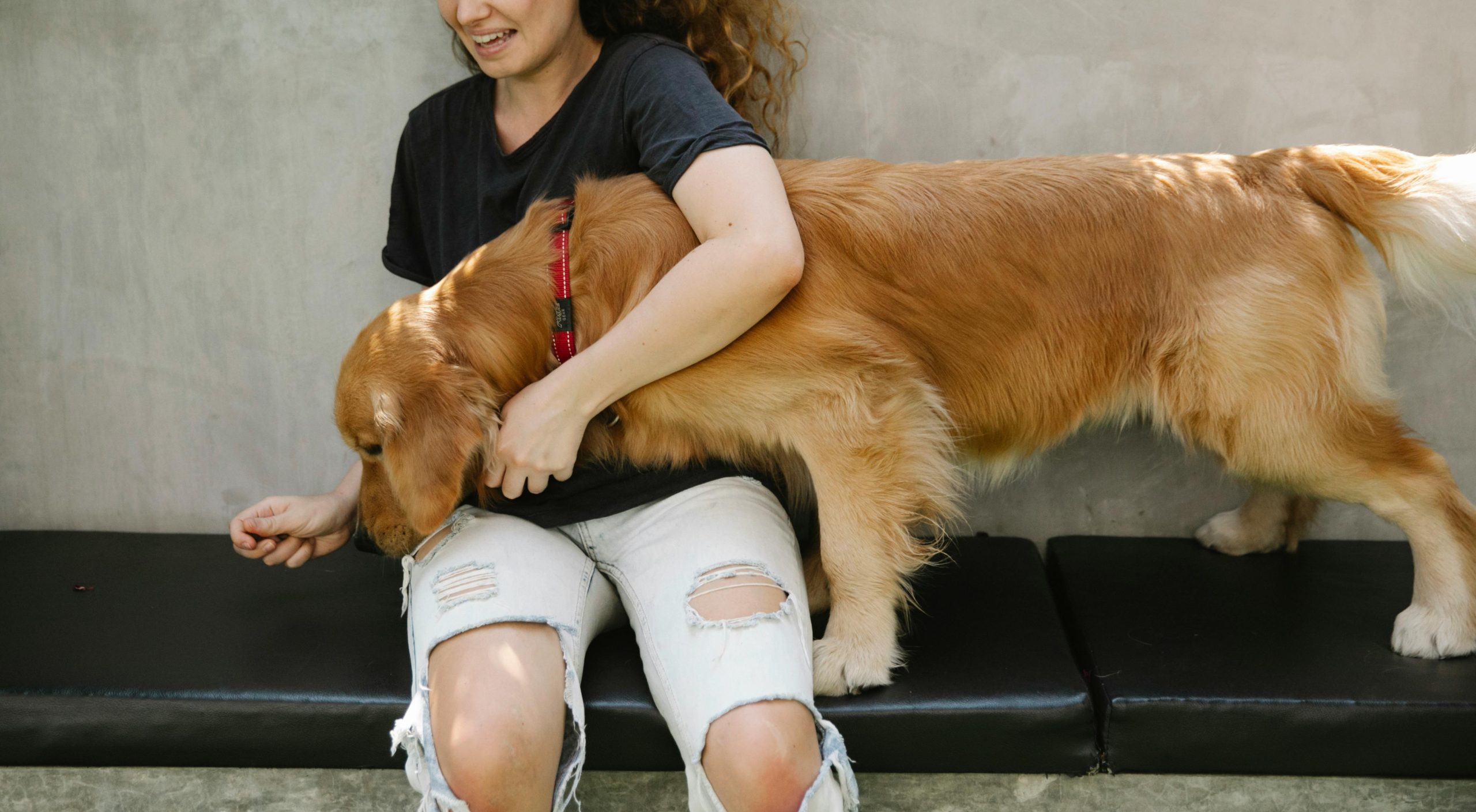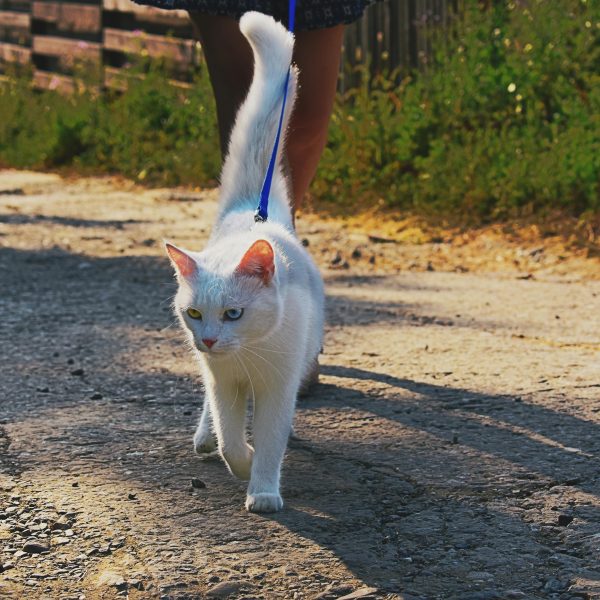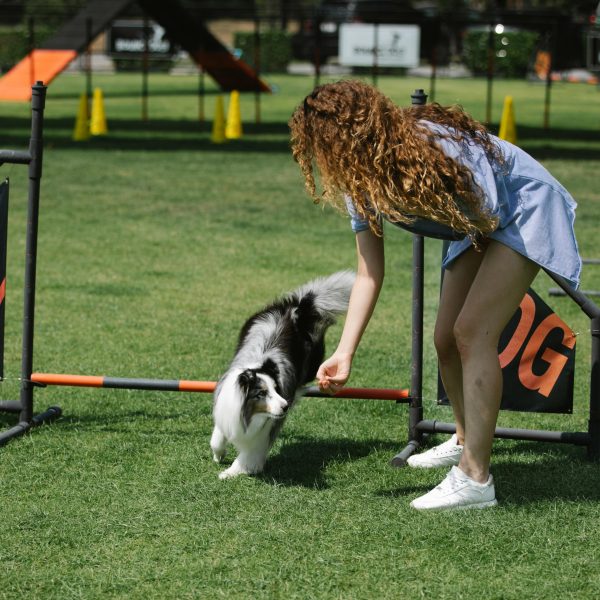Clicker training is a technique that uses reinforcement to teach animals behaviors by connecting a specific sound (the click) with a reward.
This method has become popular among parents because it is effective, easy to use, and helps build a bond between pets and their caregivers.
Whether you’re working with a dog, cat, bird, or any other animal, clicker training can be a tool in shaping the behaviors you want to see.
In this guide, we’ll discuss the basics of clicker training and offer step-by-step instructions for pet owners looking to implement this approach with their beloved companions.
Understanding Clicker Training:
Clicker training is rooted in conditioning principles, which involve learning through consequences that either strengthen or weaken behaviors.
Unlike other techniques, clicker training emphasizes reinforcement by rewarding desired actions to encourage their repetition.
The clicker acts as a signal to the animal that they have correctly performed the desired behavior.
This distinctive sound is immediately followed by a reward in the form of a treat or favorite toy.
Over time, the animal starts to link the sound of the click with receiving a reward, which becomes a means of communication during training sessions.
Step-by-Step Instructions for Clicker Training:
- Gather the Necessary Supplies: To start clicker training, you’ll need a clicker tool and some treats that your pet really enjoys. Clickers can be found in pet stores or online. If you don’t have one, you can also use a cue like saying “yes”.
- Introduce the Clicker: Before beginning training sessions, it’s essential to introduce your pet to the clicker. Sit with your pet in a quiet environment. Click the device followed by giving them a treat. Repeat this process several times until your pet connects the sound of the click with getting rewarded.
- Define the Behavior: Decide on the behavior you want to teach your pet. Whether it’s sitting, lying down, or responding to commands, clearly establish what behavior you’ll be working on during training sessions.
- Break Down Tasks: For complex behaviors, it’s helpful to break them into smaller steps that are easier for your pet to grasp and learn gradually. When teaching your dog to sit, begin by rewarding any movement towards a sitting position. Gradually, expect a fully seated position for the reward.
- Start Training Sessions: Pick a distraction-free setting and keep the sessions short (5-10 minutes) to maintain your pet’s focus and avoid frustration. Begin by cueing the behavior and using the clicker to mark and reward responses. Consistency is crucial for clicker training. Always use the clicker followed by a reward after the desired behavior occurs. Avoid using the clicker without providing a reward, as this can confuse your pet.
- Introduce Cues: As your pet reliably performs the desired behavior in response to the clicker, you can introduce cues. Pair the cue (like “sit” or “down”) with the behavior followed by the click and reward. Through repetition, your pet will learn to respond to the cue.
- Generalize Learning: To help your pet generalize their learning, practice the trained behavior in different environments and situations. Begin in a familiar environment and gradually introduce distractions to raise the difficulty level. Remember to continue reinforcing behaviors.
- Keep Up with Training: Once your furry friend has learned a trick, it’s good to keep up with some clicker training sessions. This way, you can help them remember the behavior and strengthen your bond.
- Handle Frustration: If your pet seems lost or frustrated during training, take a break, rethink your approach, break the task into parts, and try different training methods if needed. Remember to stay calm and keep at it – learning takes time!
Clicker training is an effective way to teach pets tricks while deepening the connection between owners and their animal companions. By following these steps, pet parents can use reinforcement to encourage desired behaviors and build a bond with their pets. With patience, consistency, and yummy treats, you’ll be surprised by what you and your pet can achieve through clicker training.








